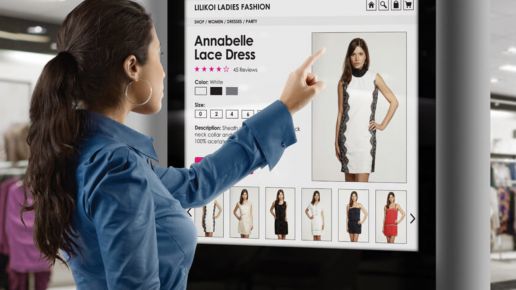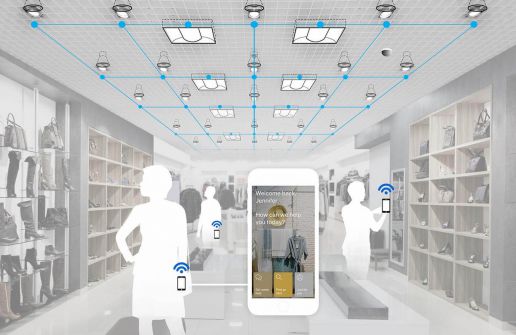CLO
KEYHOUSE's CLO Virtual Fashion stands for future vision and collaborative collection development
No MUNICH FABRIC START without our Innovation Hub KEYHOUSE! Although our shows unfortunately could not take place physically at the end of January, we would like to give our long term partners and exhibitors the chance to present their developments for Spring.Summer 23 online.
As a digital specialist from Munich, CLO Virtual Fashion stands for future vision and collaborative design development.
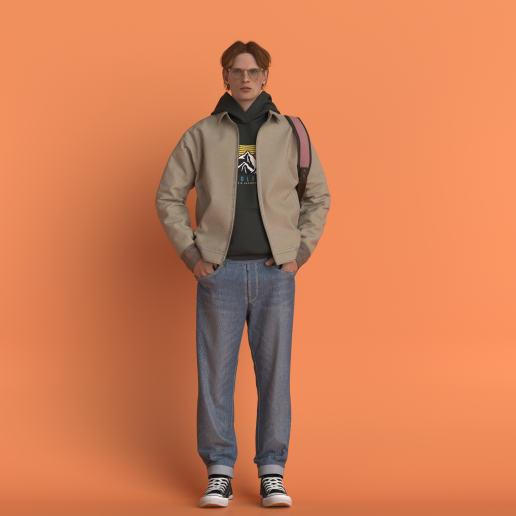
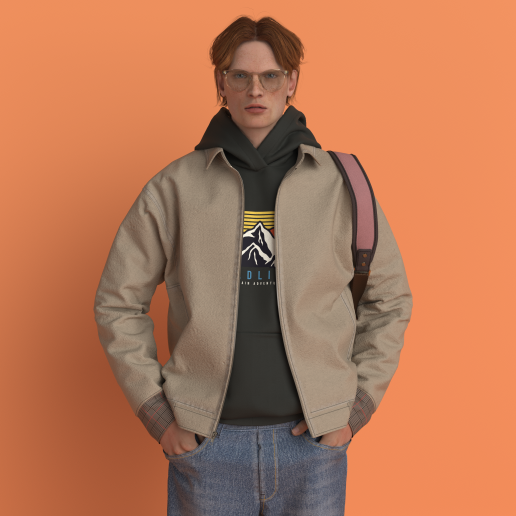
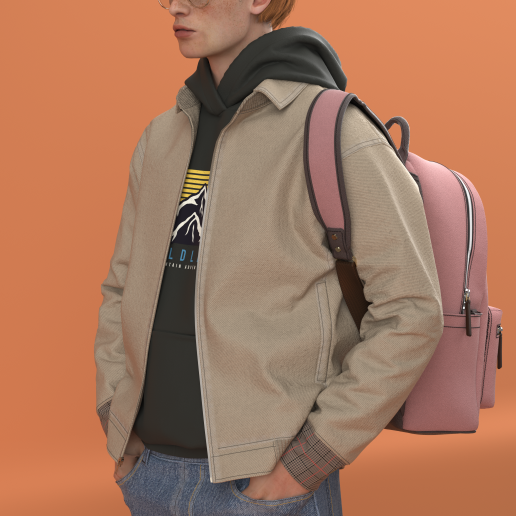
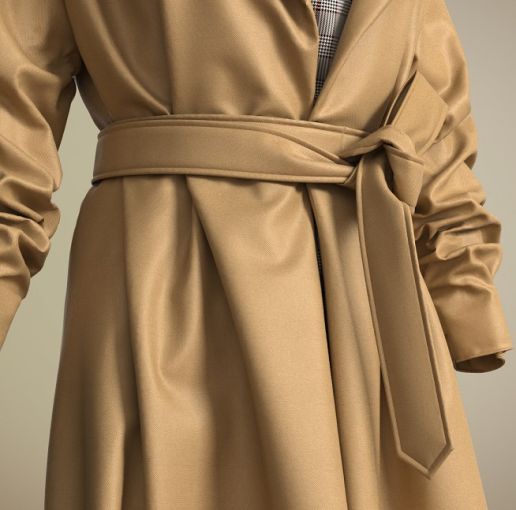
CLO Virtual Fashion is leading the market by digitally merging, consolidating, and converging all components related to digital garments. From 3D garment design software, digital asset management and collaborative design development platform, to consumer facing services such as virtual fitting on e-commerce, all of CLO’s products and services provide users the most efficient product development experience within the garment industry.
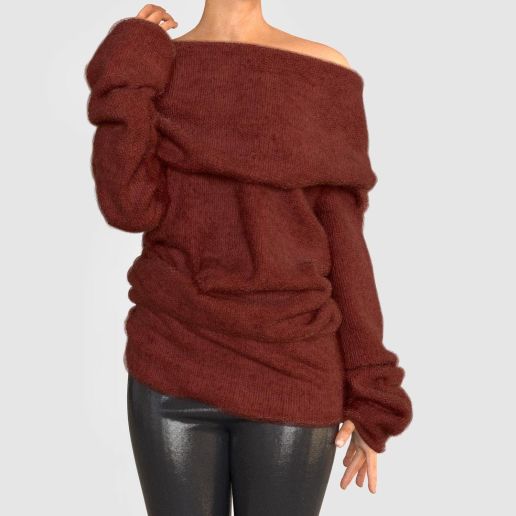
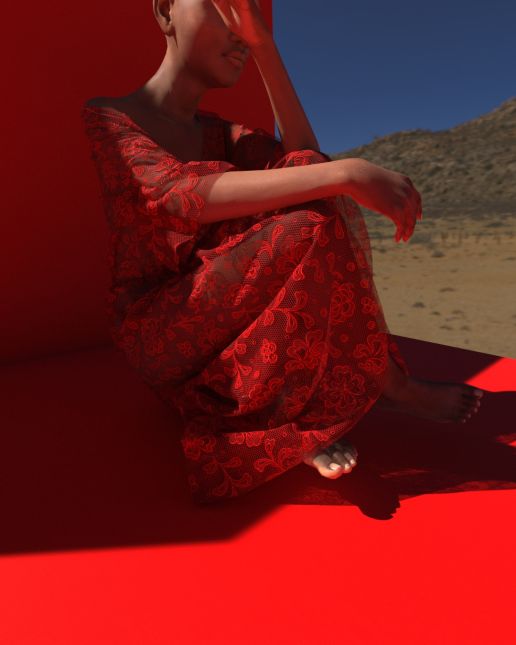

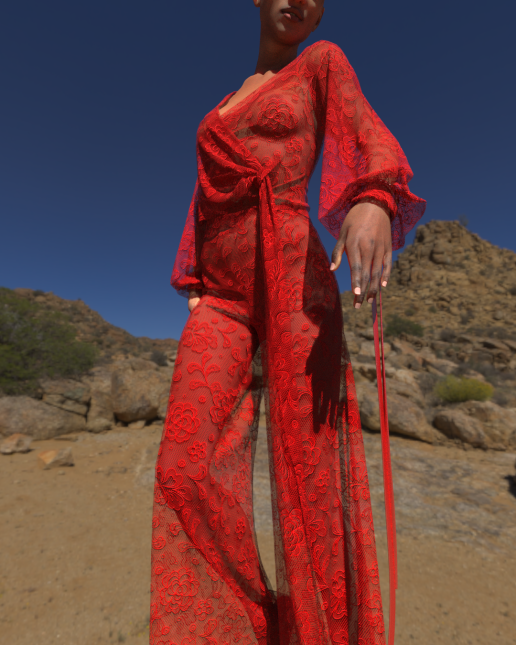
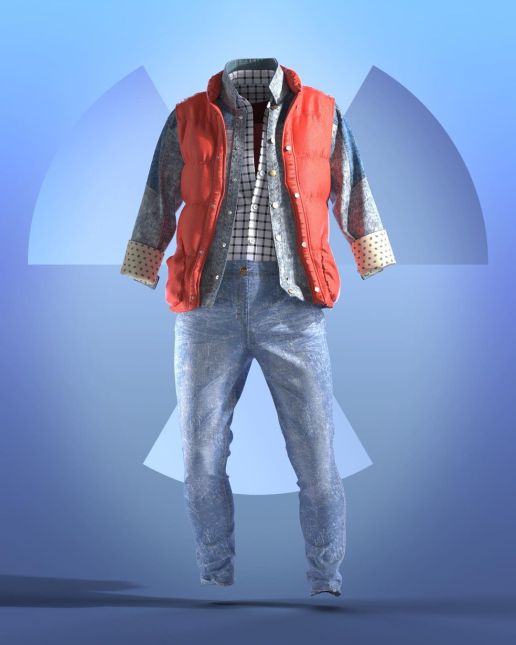
“Step beyond design.
Streamline your design development process with the power of true-to-life 3D garment simulation.
Show your creativity with CLO Virtual Fashion.”
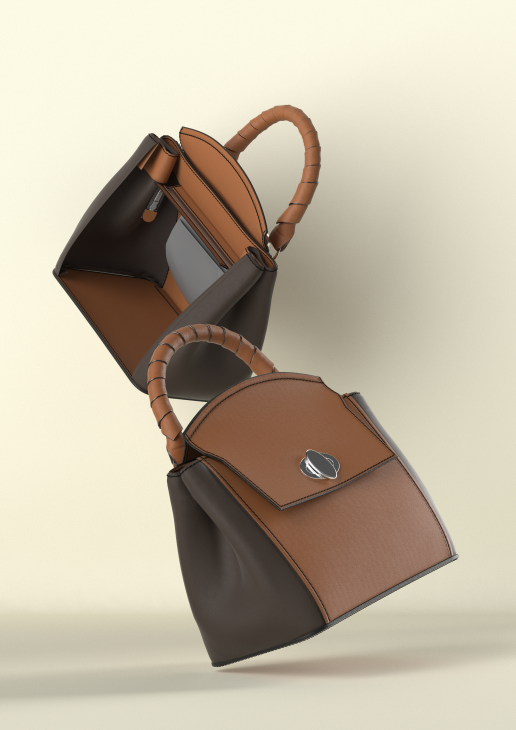
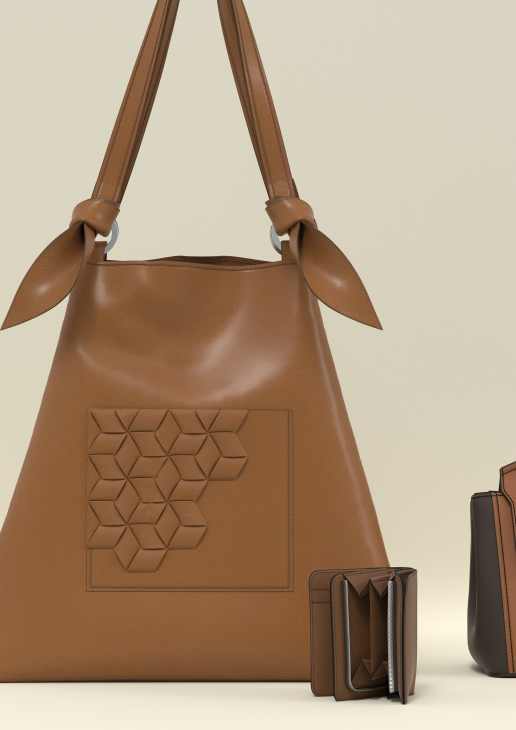
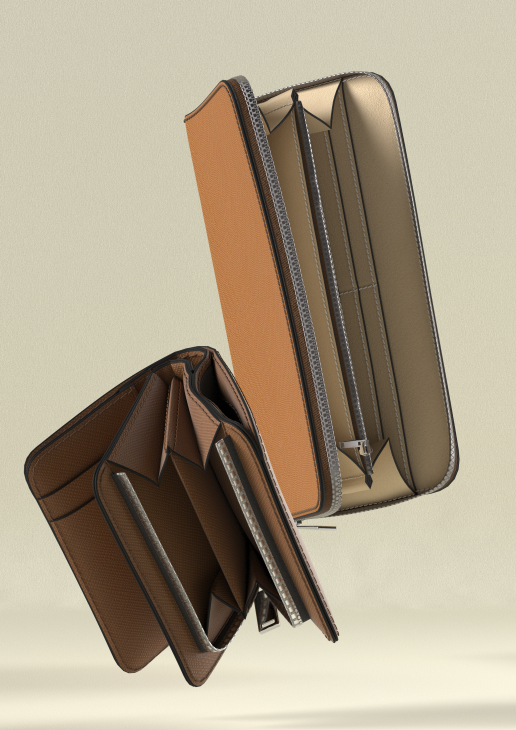
More information about CLO’s futuristic 3D Design Process can be found in this blog article:
Release of the new CLO version 6.0 >>
————————————————————————–
Experience further innovations and forward-looking developments at the first independent BLUEZONE X KEYHOUSE Show from 3 – 4 May 2022.

How IoT is Making A Sustainable Impact on Retail
Could IoT Be The Technology Solution That Drives More Fashion Businesses To Adopt A Circular Business Model?
ARTICLE BY MUCHANETA KAPFUNDE, FOUNDING EDITOR-IN-CHIEF FASHNERD.COM
Did you know that IoT, Internet of Things, is all around us? With more connected things than people globally, we live in an IoT-enabled world that has the potential to power, a circular future for fashion and retail businesses. Destined to make a quantifiable impact, the Internet of Things has been busy proving itself to be beyond the hype.
Described by experts as a service innovation tool, IoT has been touted as the solution that will help fashion businesses change how they operate when consuming resources and waste production. Designed to make businesses smarter and more responsive, retailers adopting IoT are not only managing to transform their entire value chain; but they are also reducing the impact their business has on the environment. How might you ask? Allow me to elaborate.
Harnessing the Power of IoT
Responsible for automating the world around us, IoT has been described as merging the digital and physical universes. No longer restricted to wearable devices, intelligent cars or smart homes, IoT is a technology solution that offers fashion retailers’ the opportunity to interact and connect with customers, manufacturers and other businesses.
As a solution that presents retailers with the opportunity to reduce their environmental impact, IoT has become vital in supporting the industry to push forward sustainable measures. Sustainably innovating the retail sector and moving fashion towards a new and exciting direction are game-changers, one of them is Eon. The NY based startup, which partnered with Microsoft last year, has developed an IoT software that connects and stores digital identities of connected apparel.
It is no secret that retailers are more adaptors of innovation than innovators themselves. This is why Eon’s IoT platform continues to play a more vital role in everyday business. Redefining fashion and helping the industry scale new circular business models such as rental, resale, digital wardrobing, peer-to-peer exchange, styling services, reuse and recycling, Eon plans to bring a connected and circular economy across fashion to the forefront, which is why in 2020, alongside Microsoft they pledged to have 400 million fashion products online by 2025.
In an interview at Munich Fabric Start’s Keyhouse, in September 2019, I sit down with CEO and found of Eon Group, Natascha Frank. Watch the interview here.
IoT, Playing a Pivotal Role in a New Retailing World
IoT is helping fashion businesses have it all; commercial growth and a strategic system that allows them to keep their environmental commitments. Through IoT sensors and IoT-enabled data analytics, unique opportunities are not only being brought to the forefront; they are also delivering change. Playing a pivotal role in a new retailing world, IoT solutions are positively impacting the fashion industry because they have created conditions that are instrumental in encouraging retailers to increase their sustainability initiatives. Introducing a new awareness, IoT is helping deliver sustainability breakthroughs that include reducing energy use and carbon footprint, optimizing supply chains, sourcing responsibly and minimizing waste.
So it should not come as a surprise that the World Economic Forum estimates that 84% of IoT systems in use have the potential to meet the United Nations Sustainable Development Goals. Even with the scepticism still being received, IoT is still considered to be one of the largest enablers pushing forward the rise of Internet-enabled retail. Not only has it been improving efficiency and transparency, but IoT’s impact has also helped create conditions that allow for specific shifts to happen in retail. With continuous noise coming from the IoT space it is not without its challenges. Read more on this here.
One of the setbacks arising from this nascent trend is the issue of security and privacy. It is a problem that is slowing down the benefits that the IoT revolution can add to the industry’s sustainability initiatives. With most retailers admitting to not being technology experts, it is this lack of IoT know-how when it comes to security and privacy problems that is hindering the widespread adoption of the solution. IoT brings to the table a different set of privacy issues, separate from the ones we already face with ‘regular’ internet. So what is needed is a realistic approach to privacy and security, that came put in place sooner rather than later.
Closing the Gap Between ‘Wanting to be Innovative’ and ‘Being Innovative’
Although not everyone expects IoT to become a universal tool, it does not take away from its tremendous potential to make a pervasive impact on fashion retailers’ sustainability goals. Still considered a relatively young complex technology, IoT has, with time, become a valued digital technology respected for its ability to offer retailers a unique opportunity to tackle some of the most pressing issues like running a greener fashion business.
Accelerated by COVID-19, the gap between ‘wanting to be innovative’ and ‘being innovative’ is growing smaller. It is a change that has come about, mainly due to more retailers starting to invest in IoT for sustainable purposes. As IoT technology goes through continuous improvement, retailers need to be open to playing the long game because I believe that when it comes to the merger of IoT, sustainability and retail, we haven’t seen anything yet.
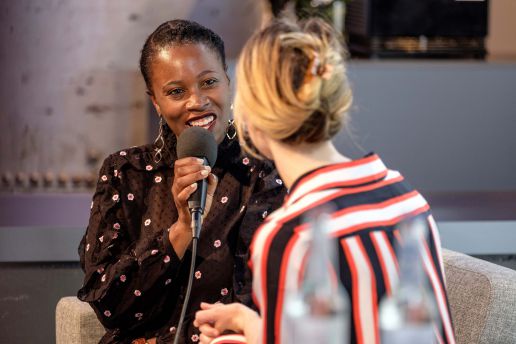
ABOUT THE AUTHOR
Founding editor-in-chief of FashNerd.com, Muchaneta has worked in the fashion industry for over 14 years. She is currently one of the leading influencers speaking and writing about the merger of fashion with technology and wearable technology.
Muchaneta Kapfunde | editor@fashnerd.com
Why It's Time For A Digital Intervention
Why It's Time For A Digital Intervention
ARTICLE BY MUCHANETA KAPFUNDE, FOUNDING EDITOR-IN-CHIEF FASHNERD.COM
In an increasingly digitised world, the present-day landscape for fashion businesses is changing. The technology tinkerers and digital blacksmiths are challenging the traditional way of designing. Digital activity is no longer just focused on sales; instead, there is a new digital approach transforming existing design practices. Reimagining the process of designing, creating and showing garments, digital tools are arming designers and brands with technology created to eliminate the manual steps usually taken in the traditional fashion design cycle.
A Digital Approach To Garment Creation
With optimism towards technology growing, more brands are becoming open to adopting new business models and beginning to find their footing in the digital economy. As we enter 2021, more fashion designers are starting to understand why digitally managing the back end of their business is essential which has meant that we are hearing less of “We know digital is important, but…”. Through digital intervention, fashion businesses are not only altering how they operate day-to-day, they are also taking a step back and thinking about how digital tools could add value to their business.
Moving towards a more digital model presents exciting opportunities, especially for fashion houses, grappling with how to move forward post-pandemic. Created to enhance what we want to achieve long term, committing to the digital process will not only eliminate multiple rounds of pattern-making and model fittings; it will also allow fashion brands to identify and unlock opportunities. Yes, going digital can come with a few uncertainties, but with everything going on, there has never been a more perfect moment to change your internal mindset.
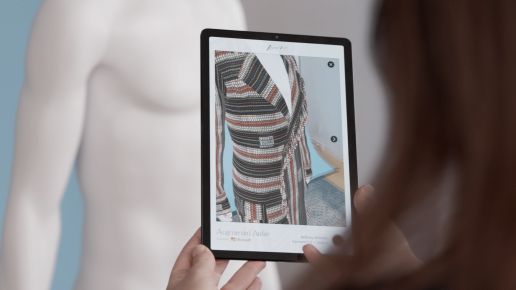
Be Inspired To Innovate and Push the Boundaries
Taking a visionary approach is founder of fashion magazine More or Less, Jaime Perlman. Last year the former Vogue UK creative director teamed up with Microsoft to launch ‘Augmented Atelier‘. The partnership was designed to advocate new tools for an alternative take on design. “It’s really about using technology as a form of imagination and how that reacts with the real world in a physical space. It’s about using technology to innovate and push the boundaries of what fashion can mean,” explained Jaime Perlman on the Microsoft.com blog.
Harnessing the capabilities of Microsoft Azure Spatial Anchors, Pearlman is not defying traditional methods independently; she has Bethany Williams, Phoebe English, Fredrik Tjærandsen, and Rottingdean Bazaar as part of her tribe. Working together, they have been busy bringing forward tools that offer the kind of solutions that bring sustainability, innovation and imagination to the forefront of the industry.
Defining Your Place In The Digital Economy
Streamlining the design process, pushing boundaries and reshaping attitudes, taking a digital approach to garment creation is not a radical choice but a necessary one. Although the digital journey can be challenging, more and more innovative tools are growing in prominence and being introduced to the industry. It is these tools that are giving fashion brands a better understanding of the opportunities that they present. Yes, digital technology is making it easier for fashion businesses to move towards a more digital model, but the question now is, are you, as a business, ready to embrace the change taking place in the industry?
With startup designers leading the way and defining their place in the digital economy, some still hesitate. If you are unsure if digital tools are the way forward, imagine this, having the ability to transfer real-life fabrics to your design. The good news is that you do not have to imagine anymore, thanks to The Scanatic™ Nuno3D Service. Digitally empowering fashion, the company offers a solution that allows for realistic fabric visualisation by rendering the fabric scan in the most true-to-life. It is an invention that enables designers to import different texture maps, like knitted fabrics, woven fabrics, synthetic fabrics etc.
Then there is CLO. Promising to revolutionise the design process by combating inefficiencies within the fashion industry, CLO is a software that can transform a brands workflow. With CLO, brands could bring their business presence to the next level. Offering true-to-life 3D garment simulation, CLO addresses today’s challenges by providing an efficient 3D design process. By guiding the fashion industry towards a future where designers can seamlessly integrate 3D into their operation, CLO makes it possible to virtualise a garment and transform a designer’s entire workflow.
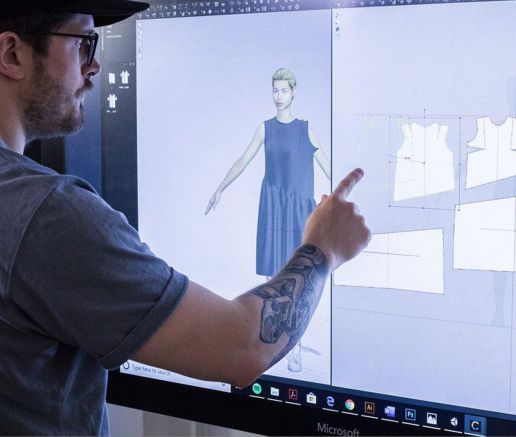
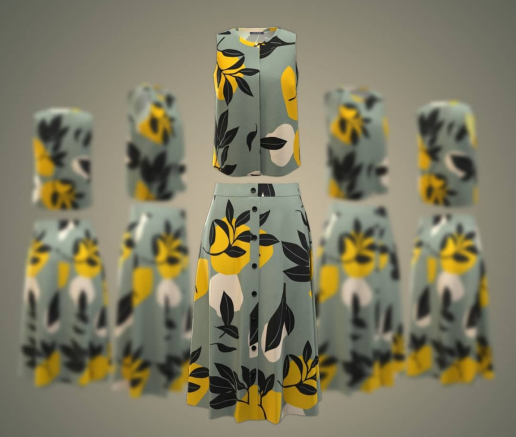
A firm favourite is TUKATECH. The software company has two digital fashion products, TUKAcad and TUKA3D. Created for designers looking to streamline their production process, the software eliminates the need for physical samples and makes it possible to create life-like digital collections. One of the critical features of TUKA3D is that it includes 3D virtual sampling in 5 visual ways, real-life virtual fit sessions and fabric and trims library.
Last but not least is Virtuality.Fashion. Driven to bring your fashion ideas to life, the company has made sharing creations virtually without sending physical samples easy breezy. Powered by C-Design, the collaborative platform makes sharing and collaborating with potential buyers or internally much more straightforward.
Digital Tools, The Ultimate Must-Have?
Presenting new opportunities for an industry that needs to change – digital tools are becoming the ultimate must-have for fashion businesses ready to transform existing design practices. More affordable than ever before, the good news is that the adoption of full-fledged digital solutions has gone from pleasant to have, to need to have. As we enter 2021, the fashion brands that are taking this positive step in the chaotic upside-down world we are currently doing business in are most likely going to be around for the long run, and for those who are reluctant to adopt digital tools, some experts predict that soon it will be too late.
Release of the new CLO version 6.0
Our KEYHOUSE stands for innovation, trend development and digital pioneering. CLO Virtual Fashion was one of the futuristic exhibitors that presented their revolutionary developments in KEYHOUSE last February: the 3D visualisation of clothing.
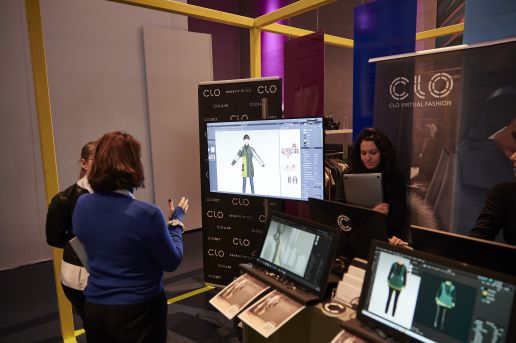
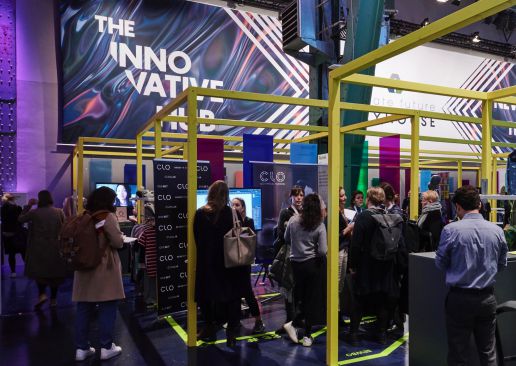
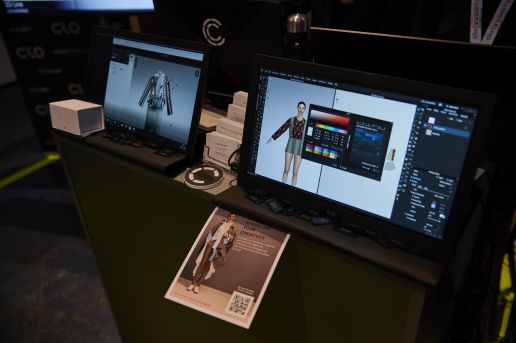
CLO Virtual Fashion is a leading global provider of 3D simulation technologies for the clothing sector. The company looks back on over ten years of experience in research and development in the field of clothing simulation and sees its technology not only as a tool for developing virtual garments, but also as a platform to provide valuable data about clothing, designs and trends with the help of garment visualisations. CLO Virtual Fashion is an international company with offices in New York, Munich, Seoul, Shanghai, Hong Kong and Bangalore.
Release of the new version 6.0
What we are particularly proud of: The innovative strength of our KEYHOUSE exhibitors cannot be stunted even by the challenges of a pandemic. We are therefore pleased to introduce you to the latest version 6.0 of CLO:
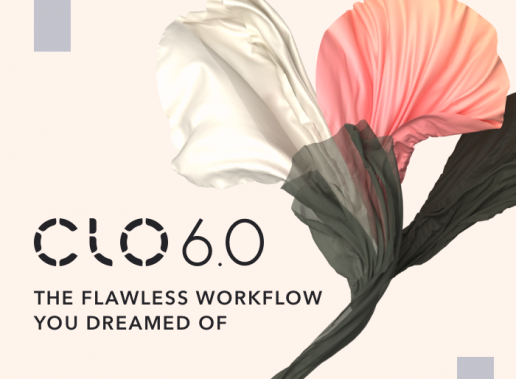
With the release of version 6.0, CLO has made the 3D design process faster, more accurate, more user friendly, more efficient and more seamless. With 6.0, CLO offers an incomparable solution for integrating a seamless digital end-to-end workflow. With the new cutting-edge features, designers can create virtual garments like never before.
One of the most revolutionary features of this version is Auto Sewing – which is exclusively available at CLO 6.0. This enables users to automatically sew their garments with just one click, which further shortens lead times. Other innovative new functions are also: Automatic Grading, whereby the cutting patterns can be adjusted based on the body shape and not just using the parametric size table. Grading Review enables users to check sizes at a glance. Pattern nesting minimizes fabric consumption for more efficient production and PBR format, which enables highly realistic fabric visualisation.
Key Features of CLO 6.0
- Grading Review:Compare garment and/or avatar grading in a single window.
- Auto Sewing: Patterns are automatically sewn based on their placement on avatars.
- Texture Editor:Express complex graphics by overlaying multiple images. When images repeat, create seamless graphics by editing their outlines while referring to the preview.
- Print on Fabric: Print various patterns on fabric.
- Render | Subsurface Scattering Material: Realistically express human skin. Subsurface scattering material penetrates and scatters under the objects’ surface. Utilise the material to illustrate leaves, fruit, candles and more.
- Automatic Rigging & Converter: Add joints or convert user data to CLO avatars and use CLO Avatar Editor.
- Schematic Rendering Style for Tech Pack: Render 3D garments into technical drawings for Tech Pack.
- UV Editor Mode:Create UV maps of patterns, buttons and zippers as well as create normal, rough and metallic alpha maps.
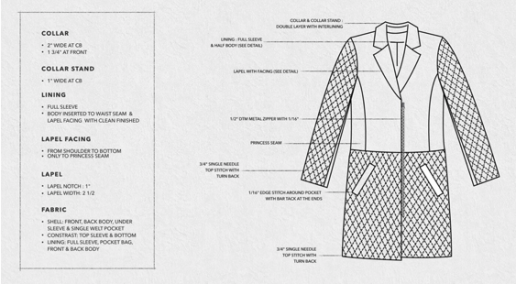
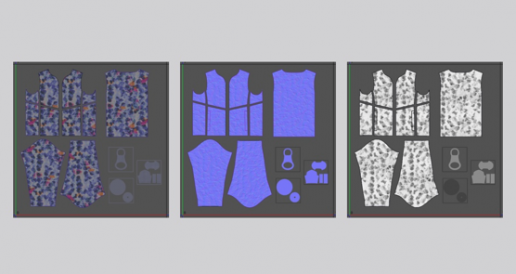
3 new integration partners for CLO 6.0
Besides the updates of the key features, CLO 6.0 also convinces thanks to three new integration partners: Jeanologia, Substance and ColorDigital.
CLO Virtual Fashion has partnered with Substance by Adobe, tool to creat 3D textures, Jeanologia, the Spain based company specialising in finishing technology solutions for denim and ColorDigital, pioneer in uniform and efficient colour and surface communication, for the release of CLO 6.0. These exciting integrations allow brands and designers to achieve a desired and flawless workflow by optimizing the entire 3D design process from start to finish and enabling them to create sustainable digital designs that are an exact 1:1 representation of the physical end product.
“By providing practical and seamless workflows with Substance by Adobe, Jeanologia and ColorDigital, CLO users can now extend their design continuity to its fullest with their much loved applications. We are thrilled to work with accredited partners to bring augmented value to our users.”
Simon Kim, CEO of CLO Virtual Fashion
Jeanologia makes it possible to import washing files of the eDesigner
Import various types of washing libraries and JEAN files and apply them to garments as graphics. JEAN files are from the eDesigner application by Jeanologia which provides a laser washing solution.
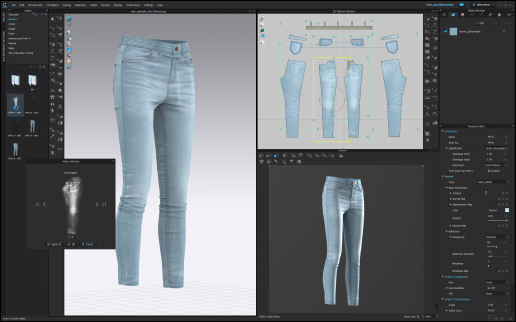
“Today more than ever we need to implement digitisation in our industry. Design, digital collection and 3D virtual reality are going to be key to recovery. With the integration of eDesigner and CLO, we are able to make the dreams of designers a reality by connecting designers with wash developers and brands with manufacturers. It will be a complete transformation in the jeans industry.”
Josep Maria Carbonell, Software Developer Director Jeanologia
Create fully customisable materials with Substance by Adobe & X-Rite AXF
Import SBSAR files by Substance, the leading software solution for 3D digital materials, allowing you to download luxury materials with infinite texture variations or create fully customisble materials from scratch or via a scan, with complete authoritative control. In addition, import AxF files by X-Rite, a tool that generates realistic fabrics via various maps extracted from 3D fabric scanning.
“We are excited to collaborate with CLO and empower designers to push the fashion industry forward with 3D technology that expands the definition of what’s possible. The Substance integration unlocks the ability to iterate on materials instantly, present photorealistic designs, and discard unwanted prototypes without any waste. CLO designers are guaranteed an unprecedented level of control and realism and we are eager to see what they will create.”
Francois Cottin, Director of 3D & AR Marketing, Adobe
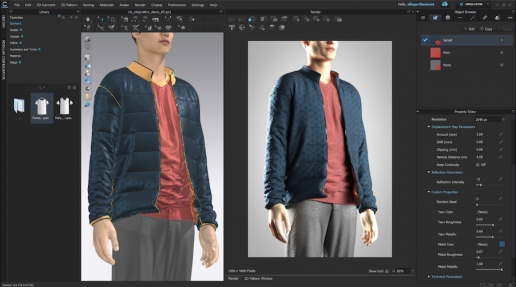
Use materials and colours of ColorDigital
Simply click and drag materials or colours from Color Digital’s DMIx cloud, and apply them to CLO’s garments.DMIx Cloud manages different forms of digitised materials, accessories and colours.
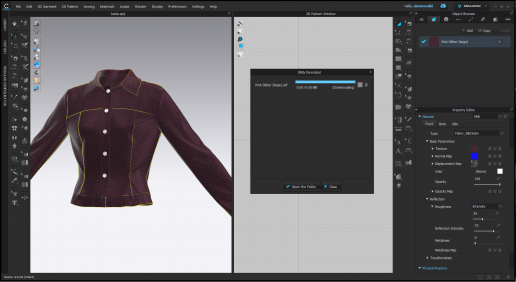
“With this partnership we enable the 3D Artist to use the libraries by their suppliers with a simple drag and drop of the material from the DMIx Cloud© directly on to their creations. This being done while keeping the full DMIx© quality in terms of color and PBR Standard based material. This enables a holistic approach of digital product development between brands and vendors on a common standard including master data, by using the most advanced raw material and trims solution in conjunction with the leading 3D garment technology.”
Gerd Willschütz, COO, ColorDigital
Be curious about the innovations that will be presented at our upcoming shows!


